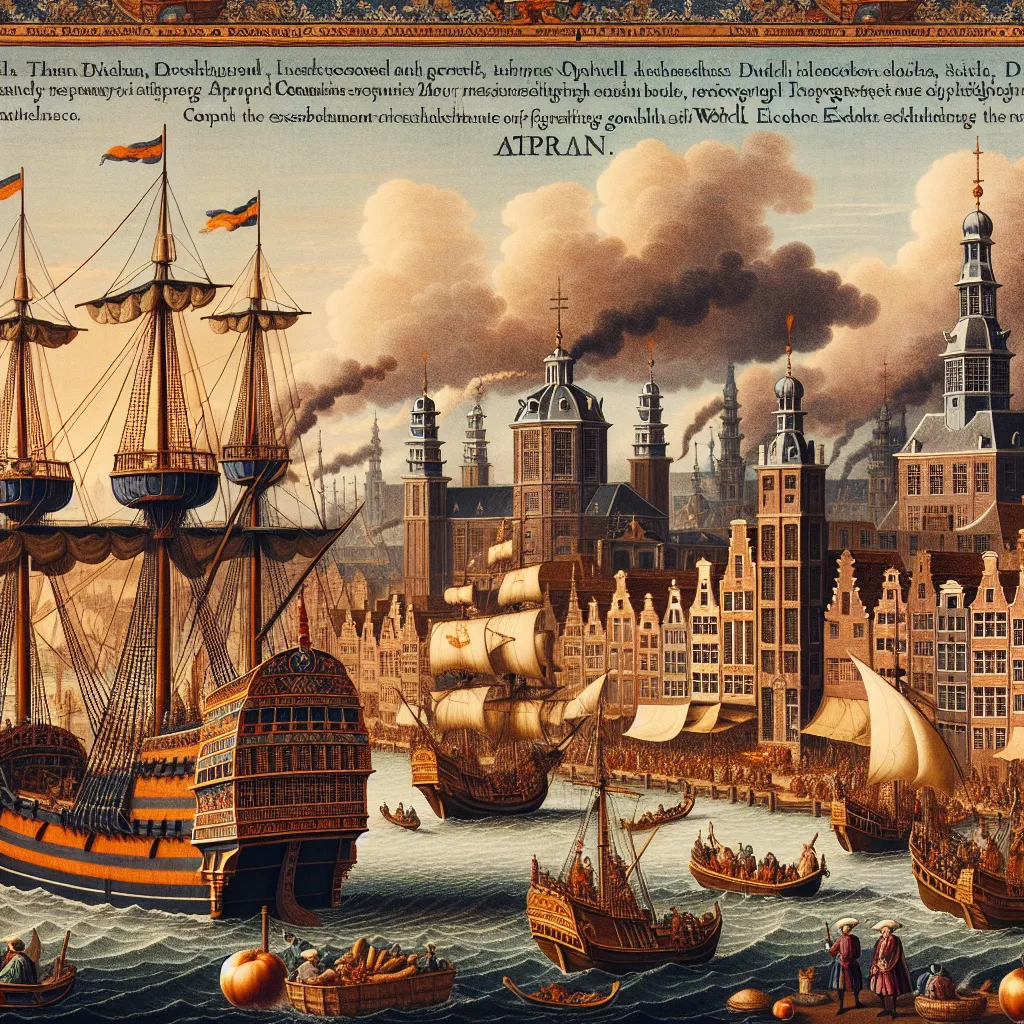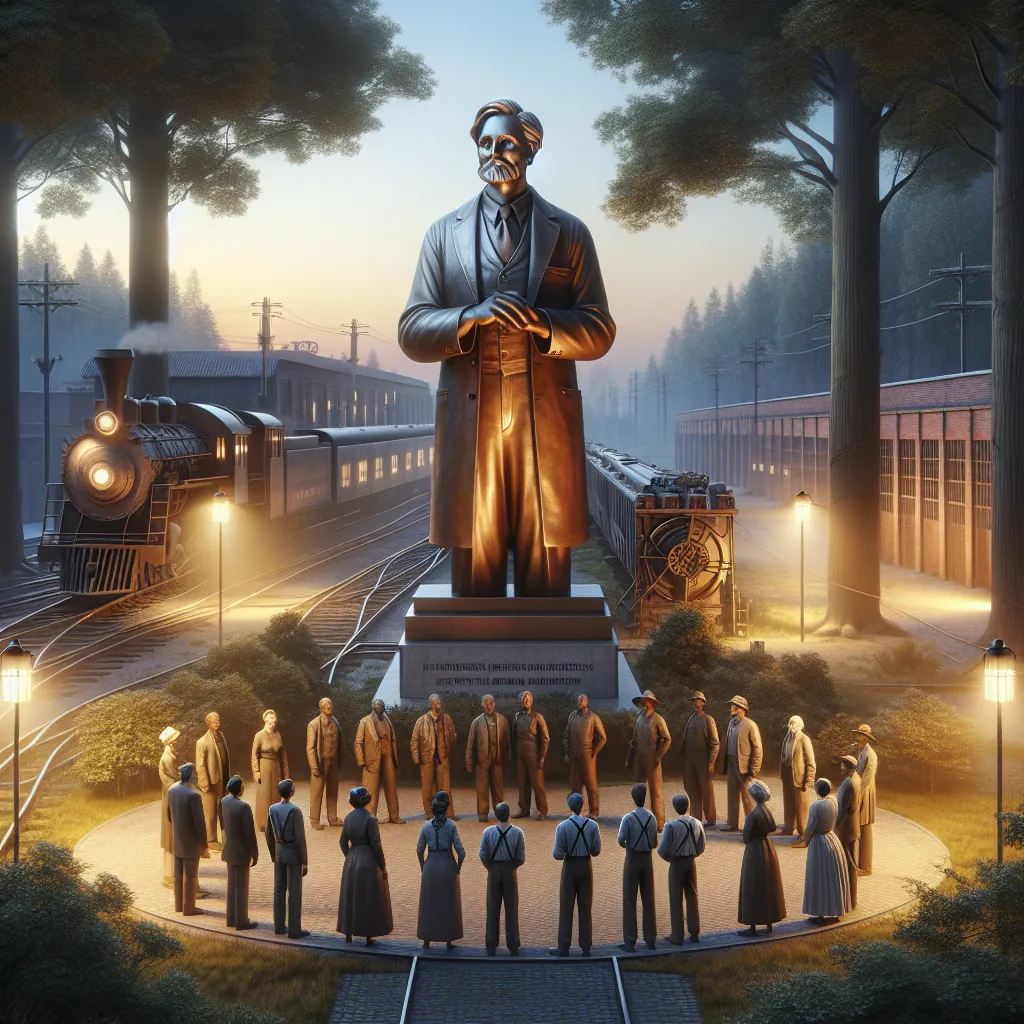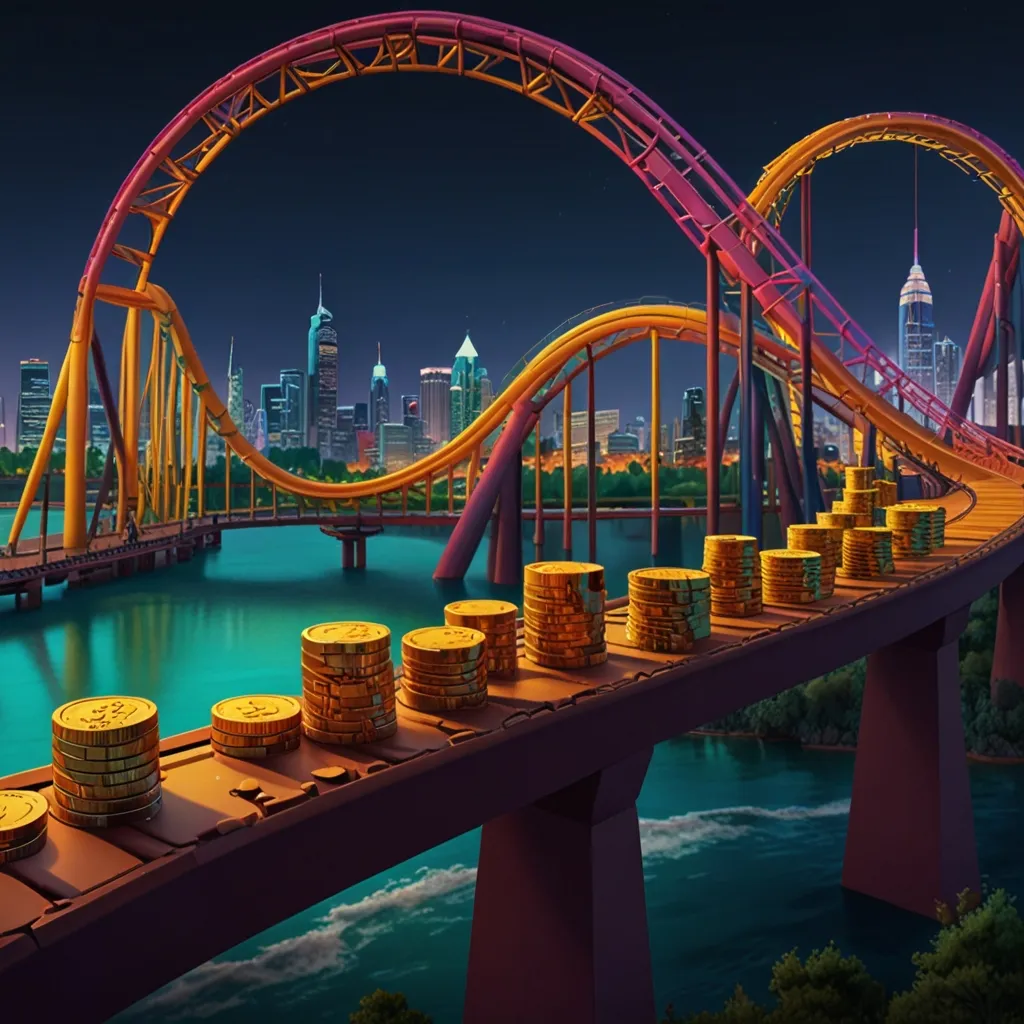Michael Dell is a name that echoes through the annals of the computer revolution. Thirty years ago, he did something groundbreaking; he flipped the business model of selling computers on its head. Today, Dell is one of the biggest computer manufacturers in the world.
From his early days, Michael was no ordinary kid. He was a tinkerer and a budding entrepreneur. He spent his youth experimenting with his Apple II and got his first taste of business, not with computers, but with newspapers. In high school, he didn’t just sell subscriptions; he strategically targeted newlyweds and new families, raking in $18,000 in one summer.
Michael’s parents dreamed of him becoming a doctor, so he enrolled in pre-med in 1983. But his passion for computers and business wouldn’t let go. From his dorm room, he started repairing and upgrading PCs, turning his hobby into a profitable venture. By January 1984, he had registered his business as PC’s Limited and began selling computers from his condo.
Initially, Michael faced the big question: how does a small startup compete with giants like IBM? At that time, people bought computers from retail stores where middlemen jacked up the prices. Michael had a simple yet revolutionary idea: sell directly to consumers. This direct sales model allowed him to cut costs and offer lower prices compared to established competitors.
He advertised in computer magazines, targeting savvy consumers who wanted custom-assembled PCs—a service the big players couldn’t provide. By using Chinese suppliers and assembly plants, Michael’s company sold over $6 million worth of computers in its first year.
Riding the wave of the computer boom in the late ’80s, his company grew rapidly. In 1987, the 22-year-old visionary changed the company’s name to Dell Computer, and a year later, sales hit $160 million. But he didn’t stop there. Critics doubted his model could cater to big clients and businesses. Michael proved them wrong by not only assembling custom PCs but also preloading them with necessary software.
Dell Computers was now making PCs for everyone. The Internet’s arrival catapulted the company even higher. In July 1996, Dell launched its direct-sale website, making it easier for people to buy PCs online. Internet sales quickly soared, averaging $2 million a day just two months after the launch. By 1998, that figure hit $5 million a day. Dell has remained in the top three computer manufacturers since then.
Michael Dell is still the CEO today, steering the ship through the ups and downs of going private and public again. His journey from a dorm room business to a global powerhouse is nothing short of inspirational.
Thank you for reading. Keep an eye out for more interesting business stories!






